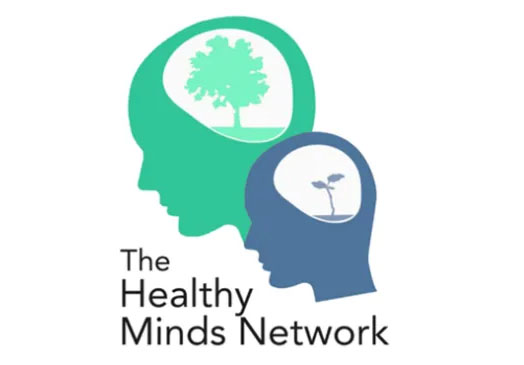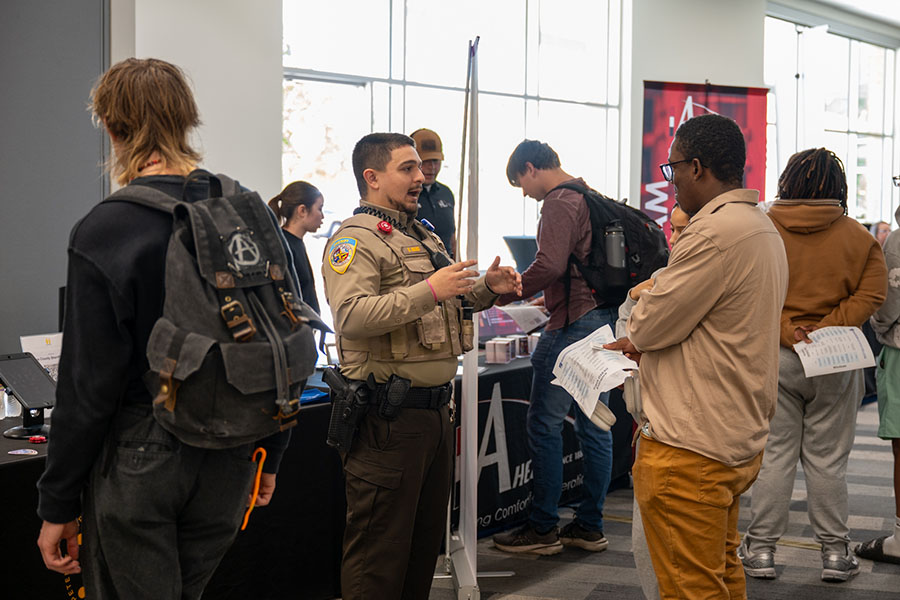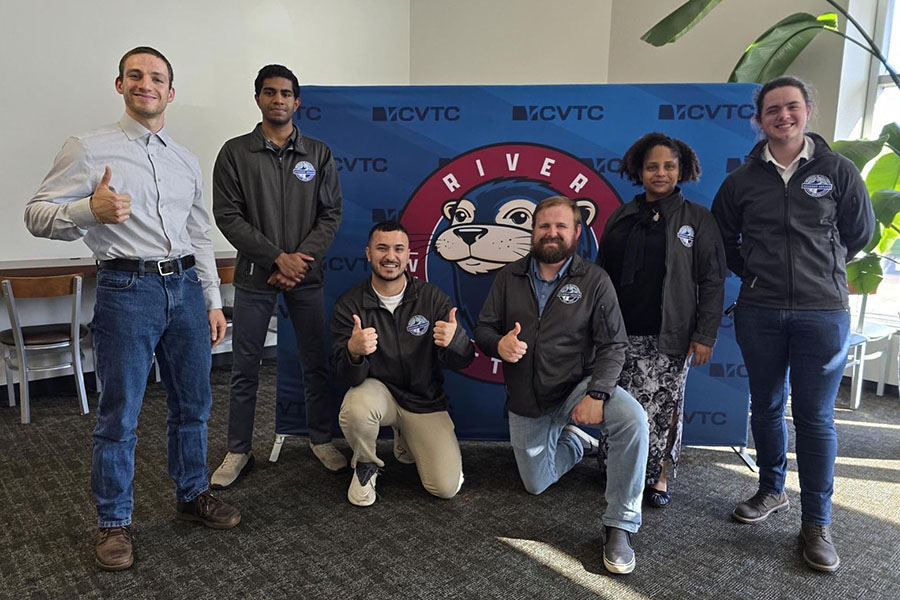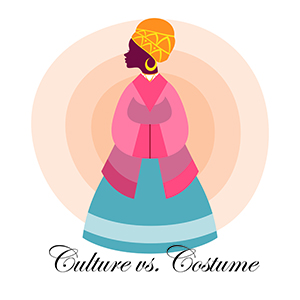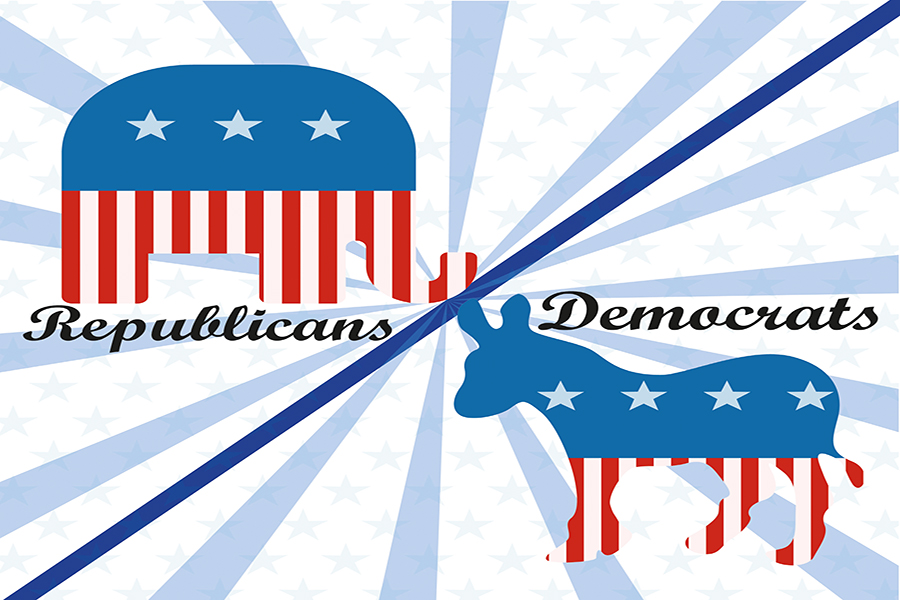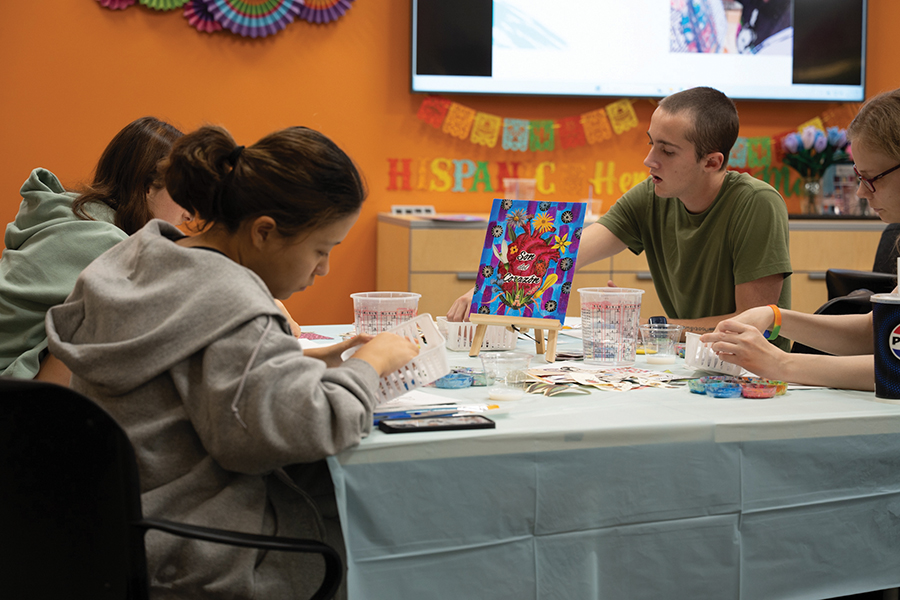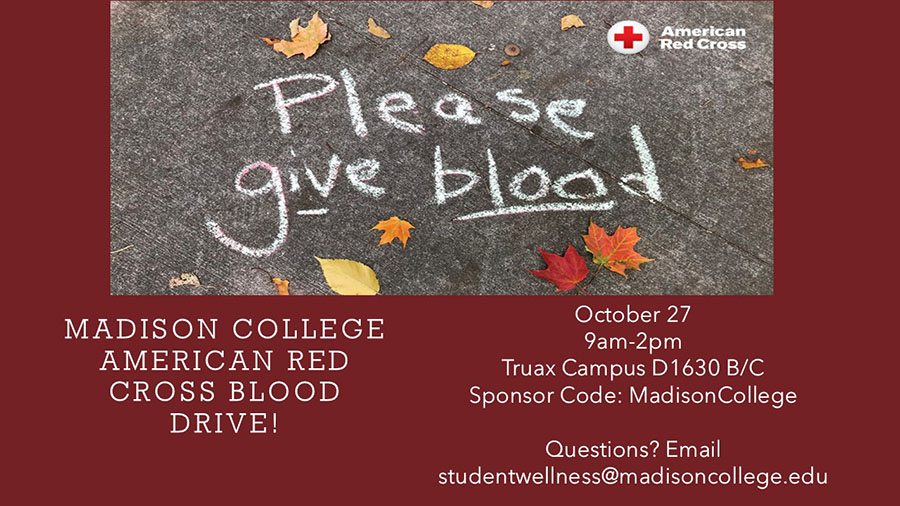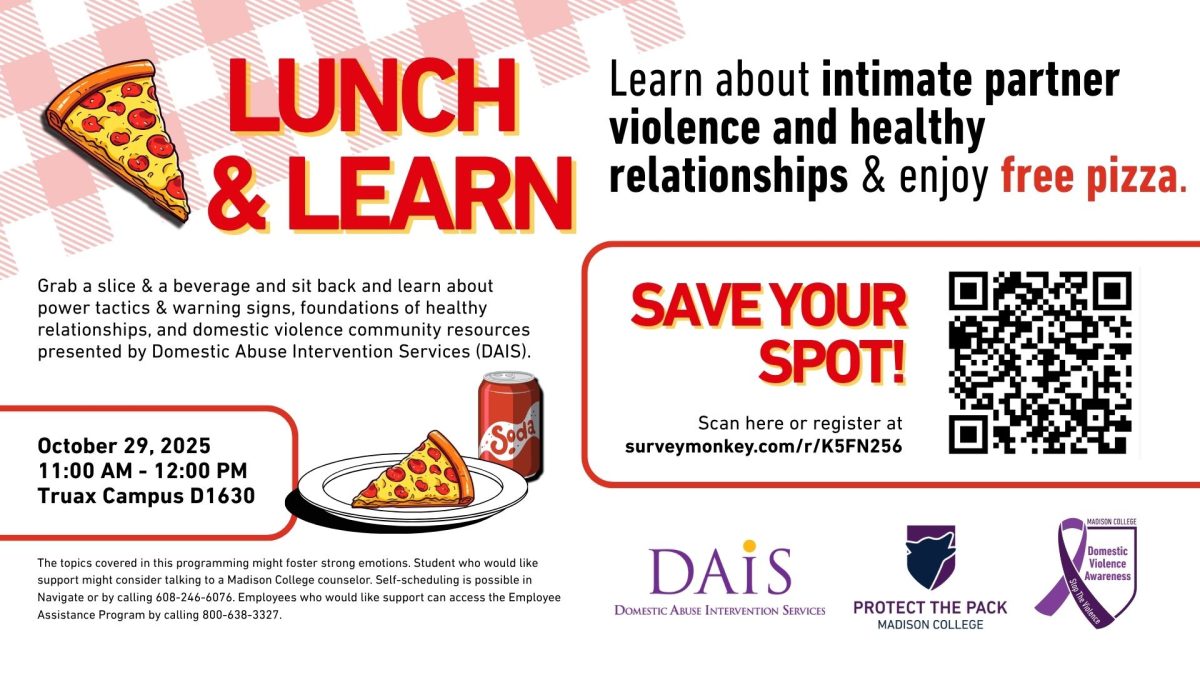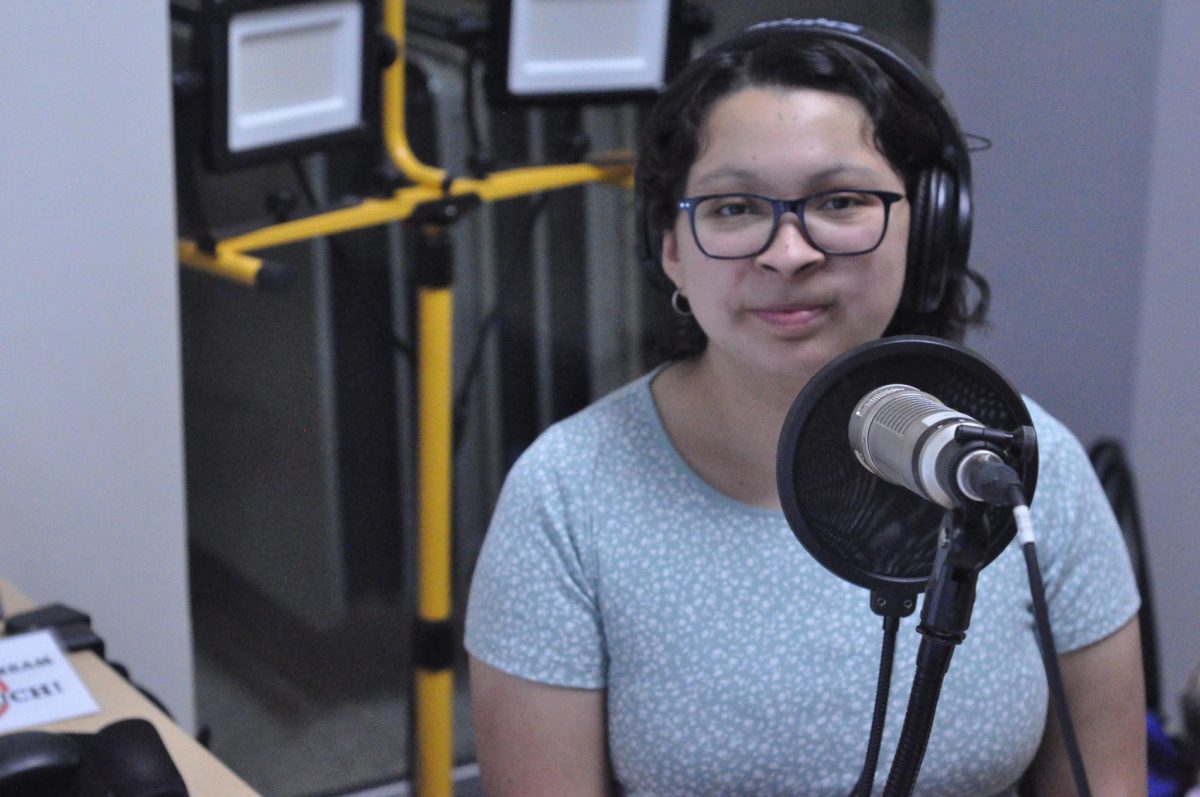Passing through the Madison College cafeteria on March 12 found a number of students and faculty glued to the television watching “Breaking News.” A man in northern Colorado was running on foot from police after crashing during a high-speed chase. Students in the cafeteria became captivated by the attempted escape. The all-encompassing helicopter view and live audience made the chase seem like a futuristic dystopian form of entertainment.
I laughed at the overused headline, “Breaking News.” The way people got sucked in, it seemed as if they were watching a movie rather than real news. “Come watch this misfit of society get caught by the good guys,” seemed like a more fitting headline.
As the chase continued, the man plowed over a police officer, and a simultaneous gasp arose from the cafeteria crowd. The man recovered and continued to flee. He approached a fence and attempted to jump it. As his chest hit the fence a generous laugh emerged from the audience. Dropping to the ground, the man continued along the fence while officers closed. An officer appeared from behind a tree, and the man fell to the ground face first, either willingly or painfully by electrocution. As officers approached from each direction, cheering erupted from the satisfied cafeteria observers. As the group dispersed, someone said, “Three cars stolen and a foot chase later, the world can finally return to peace.”
I don’t want to seem self-righteous – I can’t be; I stood there watching along with everyone else. What interested me was the way everyone watched the chase as if it were some scripted reality TV show. Each event within the plot came unexpected, but we all knew it would end with a man locked behind bars. No one knew who the man was or what had driven him to become a public spectacle, but everyone wanted him reprimanded. Some hopeless, anarchical part of me wanted him to escape and give the crowd something to actually talk about.
Comparing the emotions of the watching crowd and the subdued man, I narrowed them down to pride and shame. Both are considered social emotions, based on one’s perceived social status. Whether pride or shame, each is relative to the current situation. A person below the poverty level in the United States may have a higher standard of life than a citizen of a Third World country, but the disparity between wealth classes in the United States most likely causes the impoverished person to experience shame. A superior athlete playing weaker opponents and experiencing success can feel prideful, not because he improved, but because he is relatively better than the opponents.
In the context of the high-speed chase, the man’s failure to coincide with society and public humiliation are reasons enough to be ashamed. My psychoanalysis of the crowd’s elation from seeing another person fail seemed to be a reassurance that their lives weren’t as bad as the fleeing man. On a more philosophical level, I argue that the things we take pride in could define us as people. If the failure and demise of others give us pride, what does that say about us?
Days later, I read about the pursued man. He has been in prison before and will likely spend the rest of his life there. The first vehicle he hijacked had a 4-year-old in the backseat, who luckily wasn’t injured. Looking back, I should have cheered as the officers arrested him. But something dehumanizing about the helicopter view of a coatless man running through the snow-covered suburbs kept me from enjoying his defeat.

